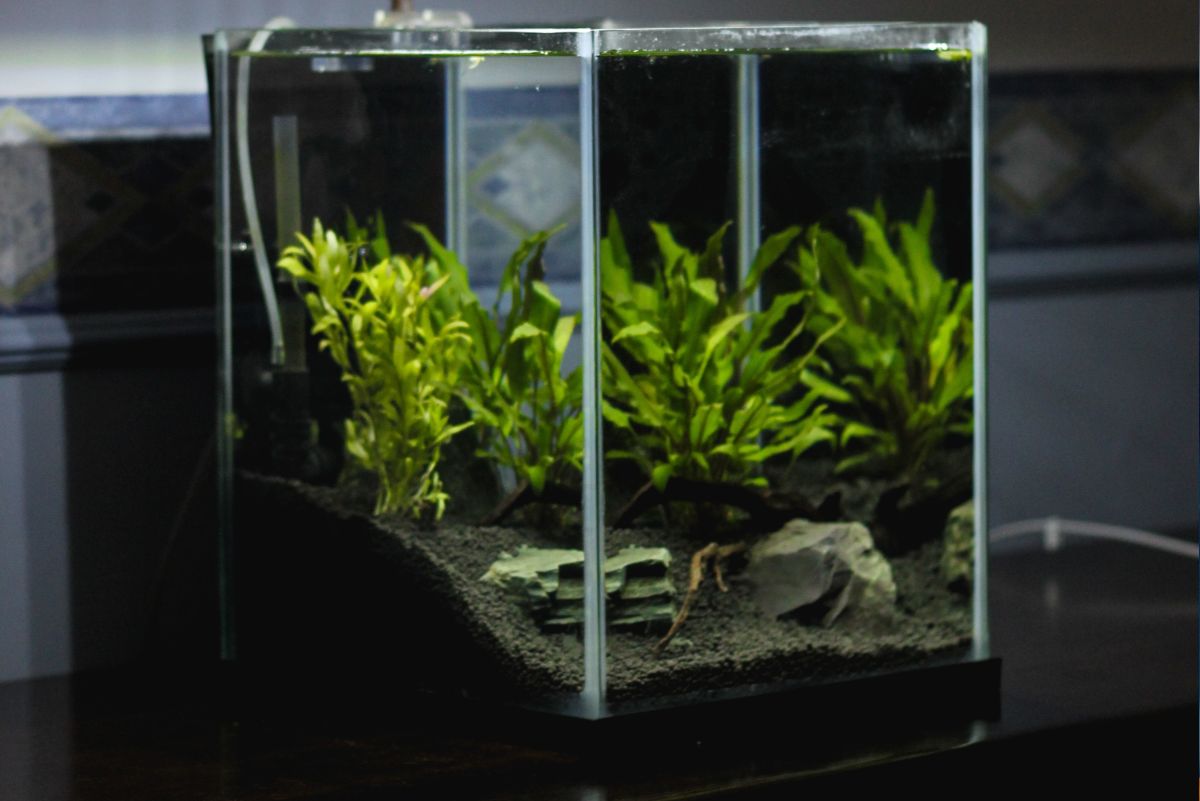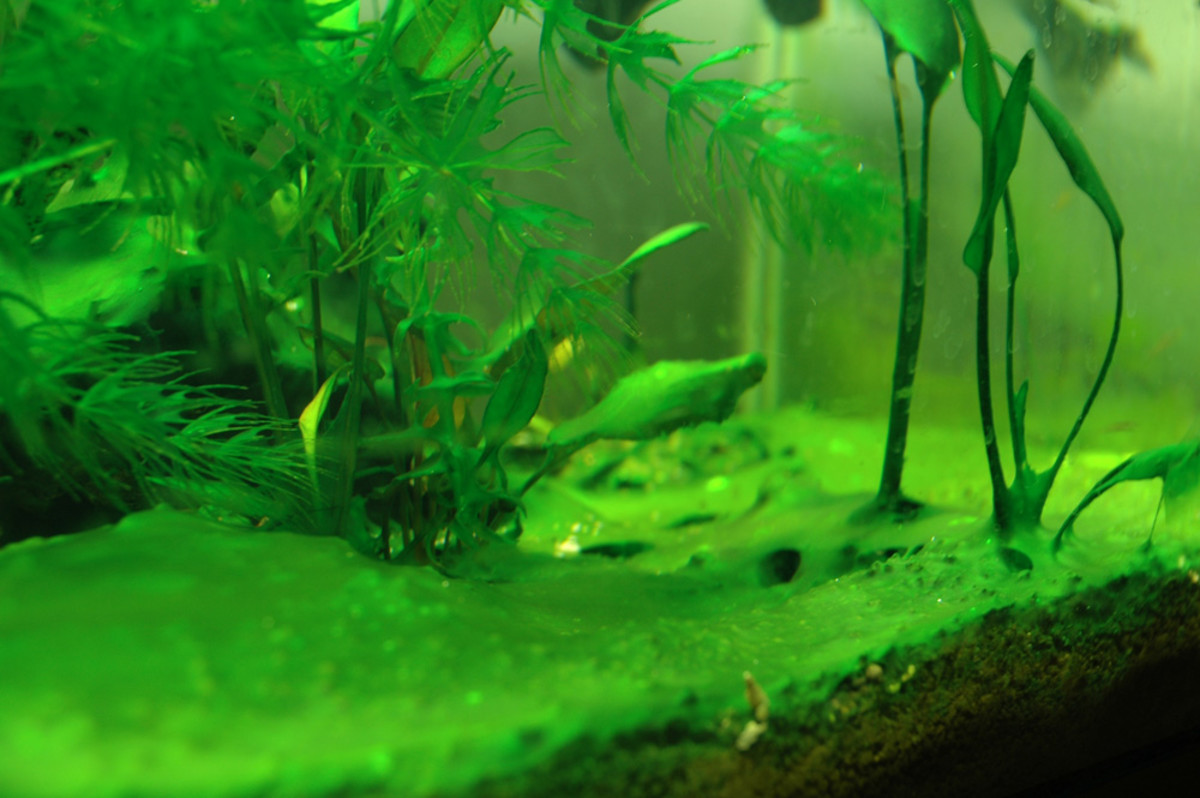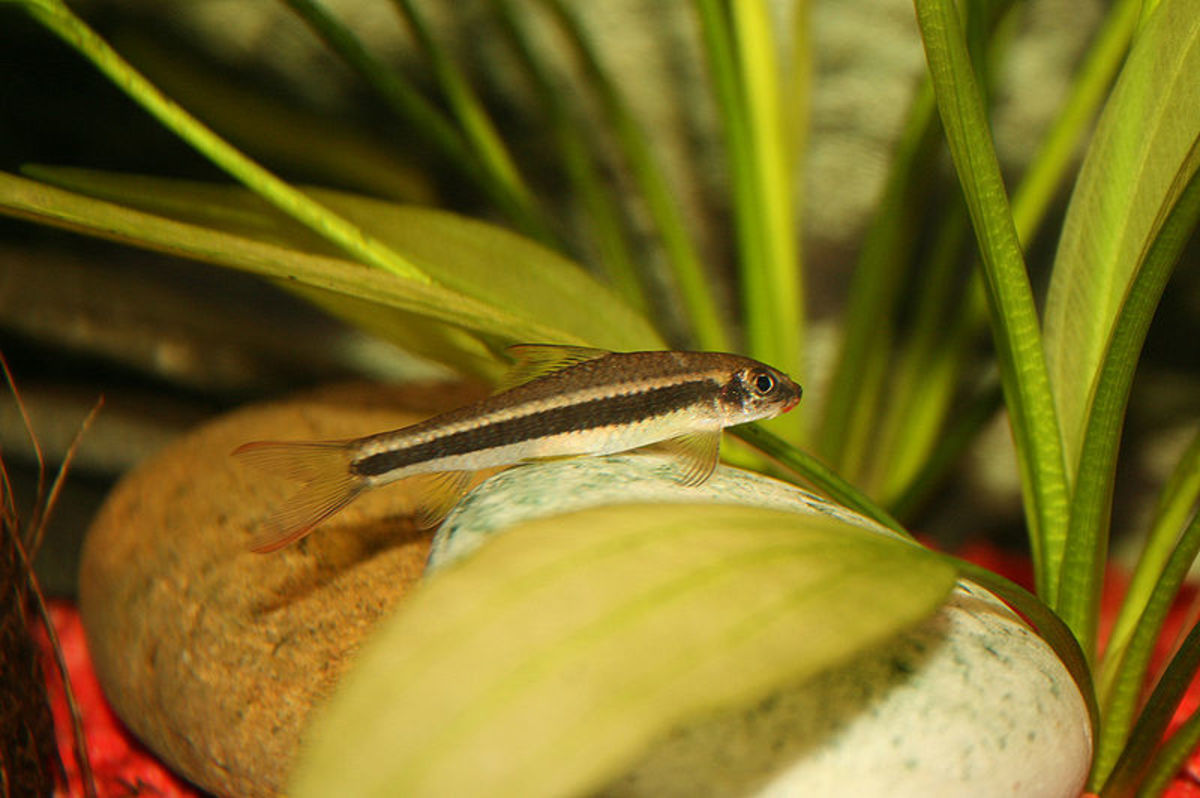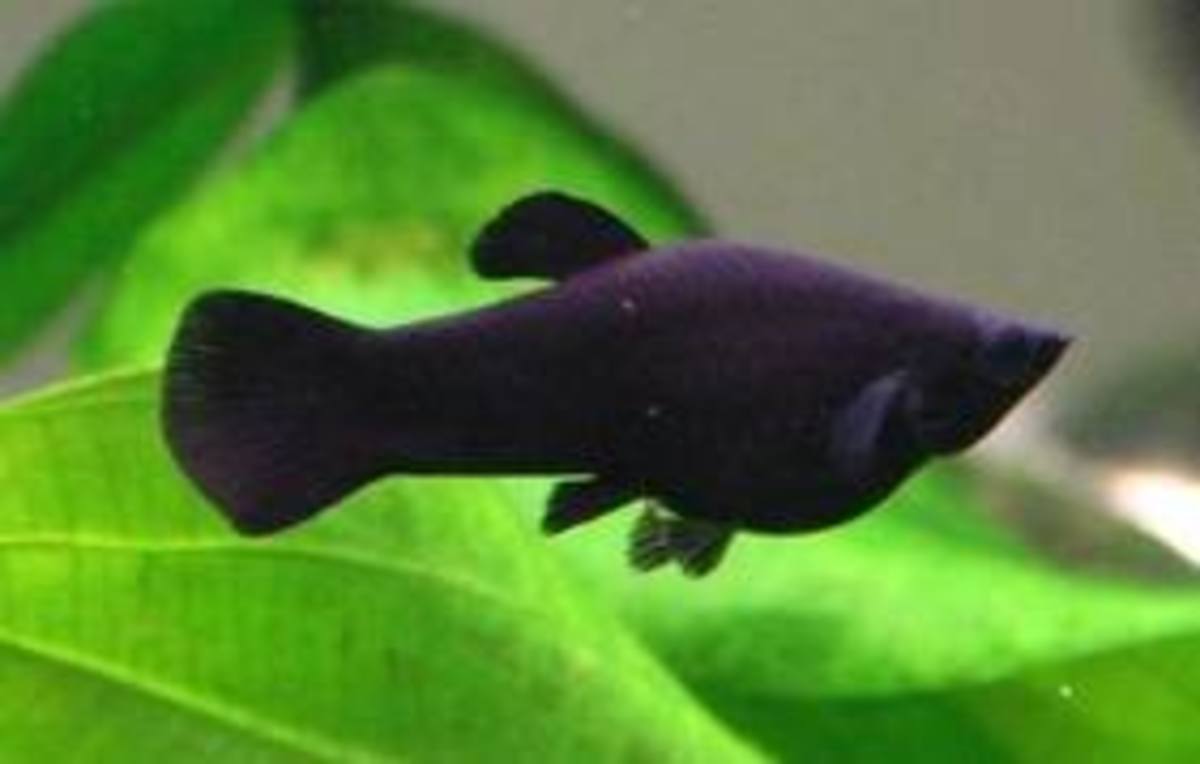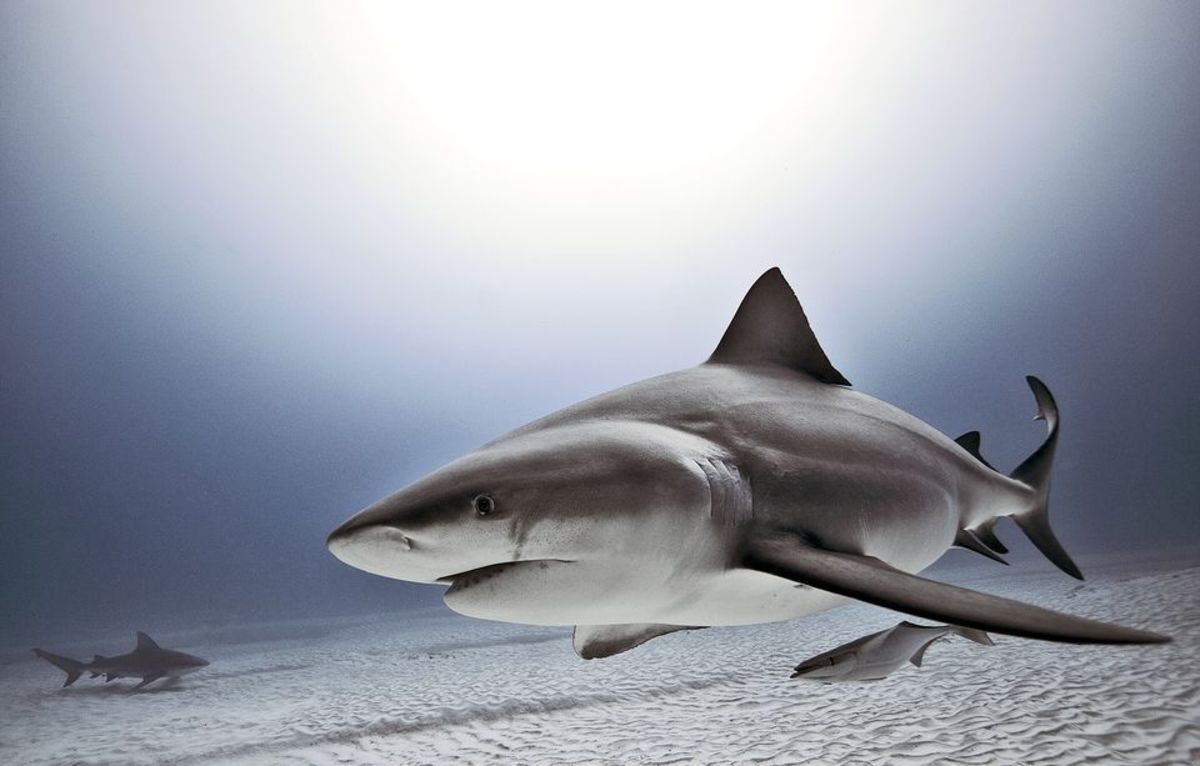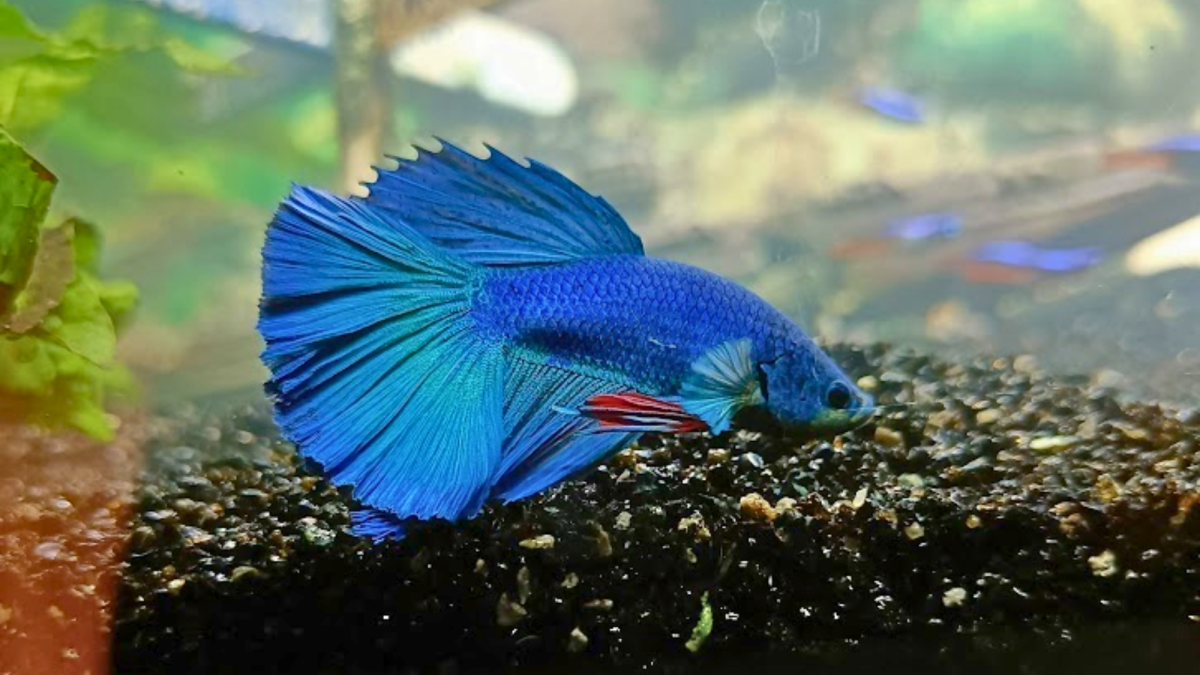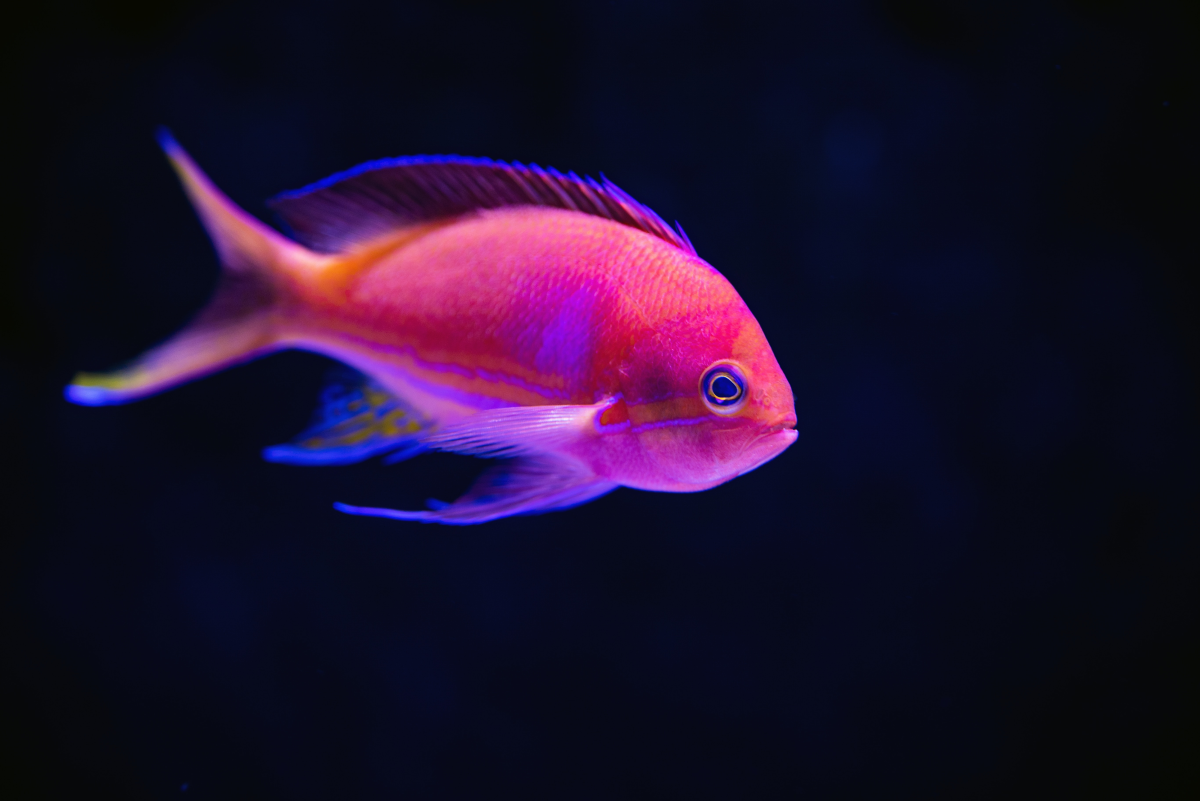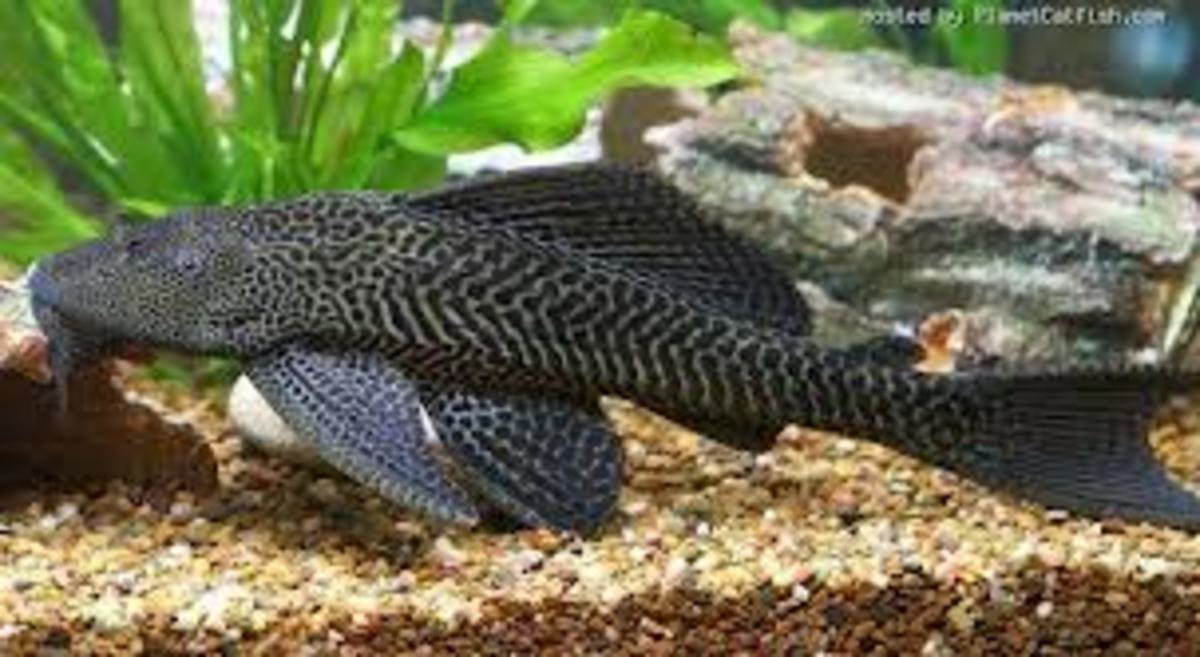Some Aquatic Facts About Fish That You Might Not Know
Fish use special organs called "gills" (feathery organs full of blood vessels) to separate oxygen from the water. When a fish takes in water from its mouth, the water passes over the walls of its gills, then the dissolved oxygen will move into the fish' blood and travel to its cells.
Whales and dolphins are not fish at all - they are mammals and therefore very similar to human in many ways. Although they live in the ocean, dolphins and whales are warm blooded, give birth to babies instead of laying eggs, and have lungs for breathing air through their noses. This is why you often see them swimming to the surface of the ocean.

From the name, we should know the main differences between freshwater and saltwater fish - one lives in freshwater and the other live in saltwater. But do you know that freshwater fish make up almost half of entire species of fish?
Fish can suffocate if they tried to chew their food. Sharks or other carnivorous fish use their sharp teeth to hold and seize prey before swallowing it whole or in large piece. Rays or other bottom dwellers use their flat teeth to crush prey.
One of the healthiest foods we can find is fish as it is loaded with beneficial nutrients such as iodine, vitamin D and protein. Fish is also one of the best source of omega-3 fatty acids. Some fish are better than others but fatty types of fish (like tuna, mackerel, sardines, trout, and salmon) are regarded as the healthiest since they contain higher in fat-based nutrients. However, certain type of fish are high in mercury, which is linked to brain developmental problems.
Unlike many other vertebrate animals and humans, sharks do not have bones. Their skeleton are actually made from cartilage (it's less dense and more flexible) and this is the same stuff that our ears and nose are made of. However, certain parts of their skeleton have denser cartilage than others but the whole skeleton is made of cartilage (including their jaws).
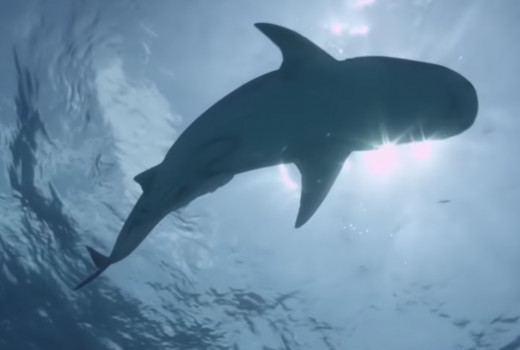
Fish also need sleeping. They can sleep at night or during the day. However, since most fish do not have eyelids, they sleep with their eyes open. Most fish will keep moving eventhough they are sleeping so that a constant flow of water can pass their gills in order to gain a proper oxygen level in the body.
The biggest fish we can find in the ocean is the whale shark or Rhincodon typus. Despite their intimidating appearance and size, whale sharks are usually docile and approachable. They can weigh as much as 40 tons and grow more than 12 meters. Whale sharks prefer water temperatures of 20-25°C and eat mostly small organisms like squid, schooling fish, and plankton.
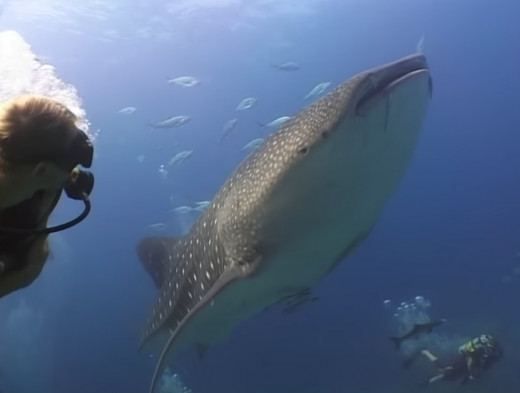
The smallest fish in the world is Paedocypris progenetica. It was only discovered by scientists in the last decade, living in the forest swamps on the island of Sumatra, Indonesia. This tiny, translucent fish measure just 7.9 milimeters (female) and live in water that is hundred times more acidic than rainwater (with an acidity of pH3).
Being the deadliest fish in the sea, Synanceia verrucosa, or more commonly known as reef stonefish is also the most widespread species of stonefish. The fish is usually grey or brown, and it may have areas of red, orange or yellow. Stonefish can reach up about 30-40 cm long and usually eat shrimp, small fish and other crustaceans. The fish is equipped with 13 spines which are stiff and sharp and have been reported to pierce boot soles.
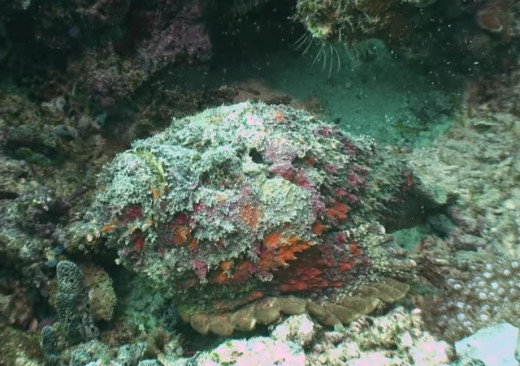
Not all experts agree, but clocked at speeds of nearly 70 mph, many consider sailfish as the fastest fish in the ocean. Often found in groups, these fish thrash and disrupt schools of small fish such as anchovies and sardines, thus allowing each of them to more easily snag its meals. There are two species, but two of them grow very fast reaching about 1.2 -1.5 meter in length only in a year.
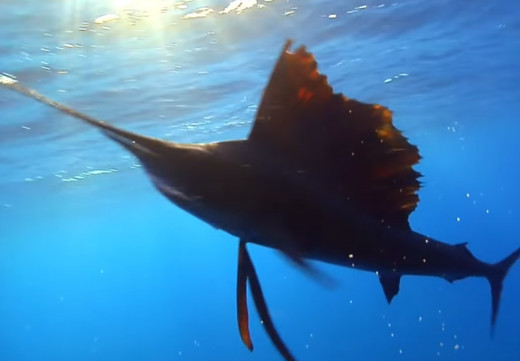
Scientists believe that the slowest swimming fish in the ocean is the sea horse - swims at a rate of five feet an hour. Being very slow swimmers making them easy targets for predators and therefore you can often find them hang on to seagrasses with their tail in order to stay hidden. Seahorses dont have a stomach or teeth. Due to a fast digestion process, seahorses spend most of their time eating and sleeping.
Fish that can generate electric fields is called electric fish. They are also called as electrogenic fish whereas fish that can detect electric fields are called electroreceptive. Most electroreceptive fish are electrogenic too. Many fish such as paddle fish, skate, catfishes, rays, and sharks are electroreceptive but they are not electric fish. These fish produce the electrical fields from their electric organ which usually located in the tail. However, not all electric fish use their electricity to shock other animals, some of them use it for communication and navigation.
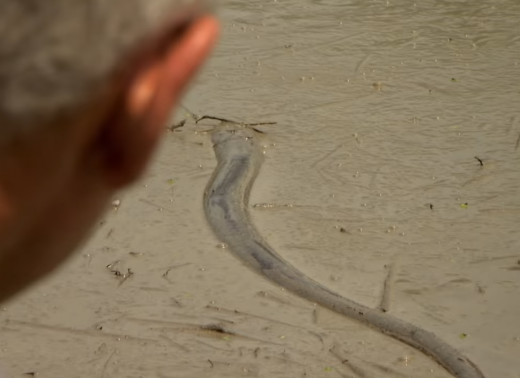
Some fish are 'invisible'. According to scientists, the skin of certain fish have platelets, tiny nanoscale structures which reflect polarized light that caused them look invisible to predators.
Related Hubs
- Facts About Snakes - One of the Most Fearsome Animal...
Snakes are meat eaters (carnivores), but they cant bite food so have to swallow it whole. They also have flexible jaws which enable these reptiles to eat prey bigger than their head. - Special and Impressive Animals That Are Treated Like...
Shrek is New Zealand’s most beloved sheep which gained international fame in 2004. The Merino made headlines across the world when the sheep was found hiding in a cave after six years on the loose. This merino wether impressively carried 27 kg...

